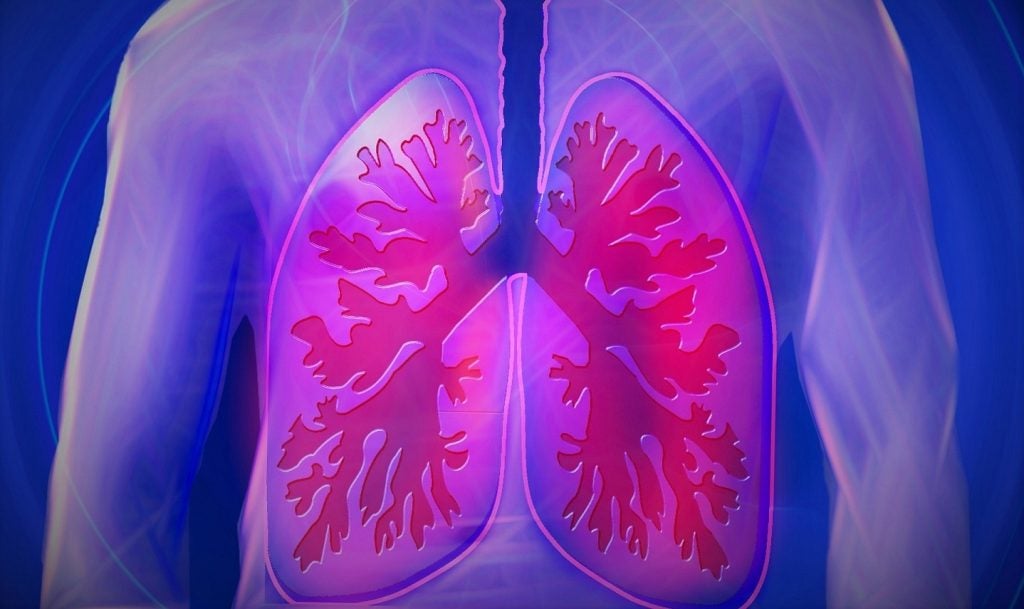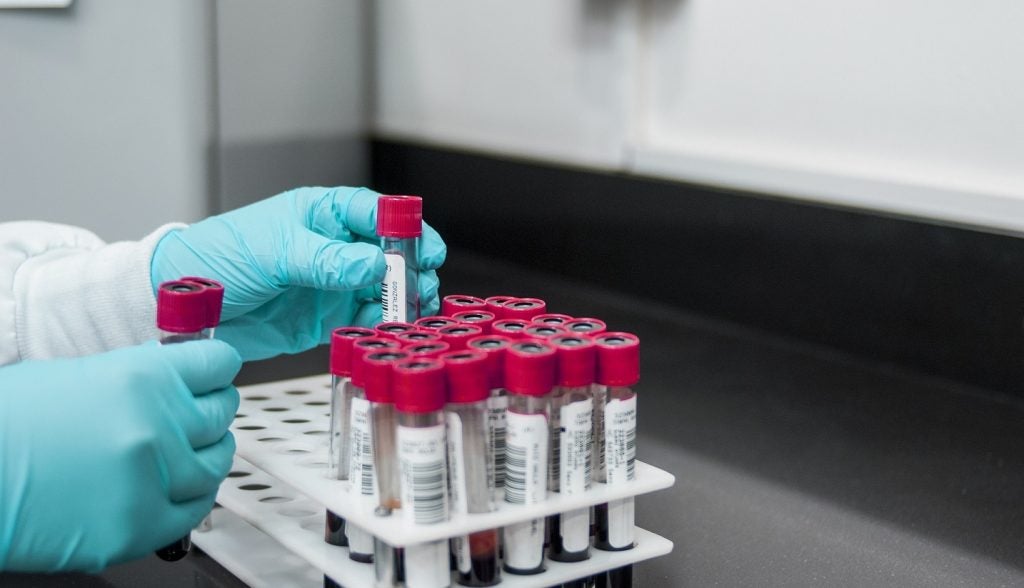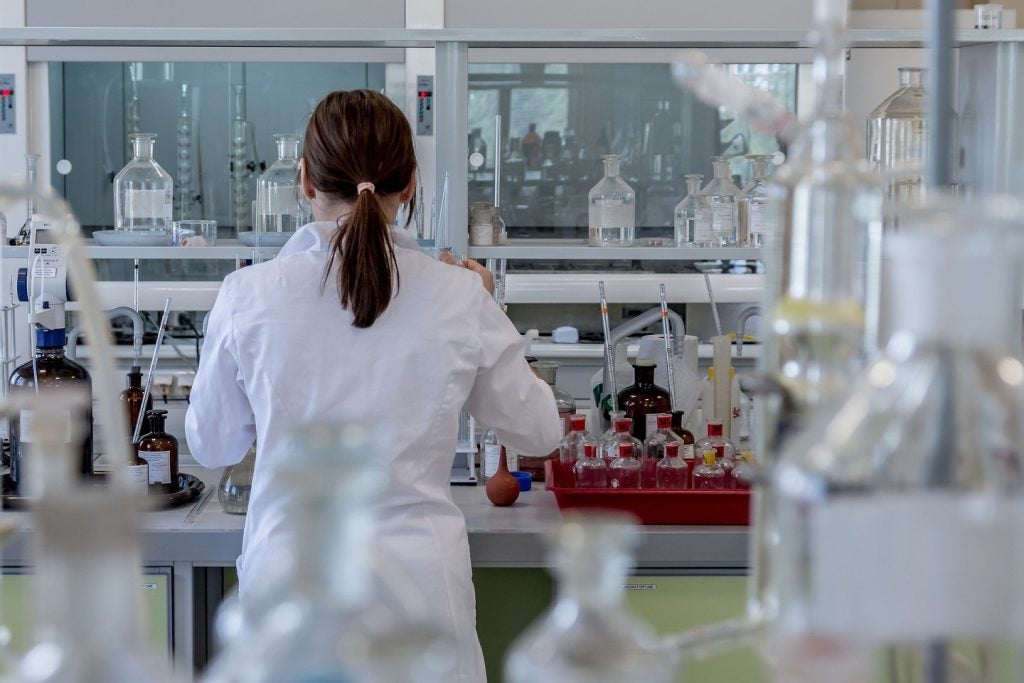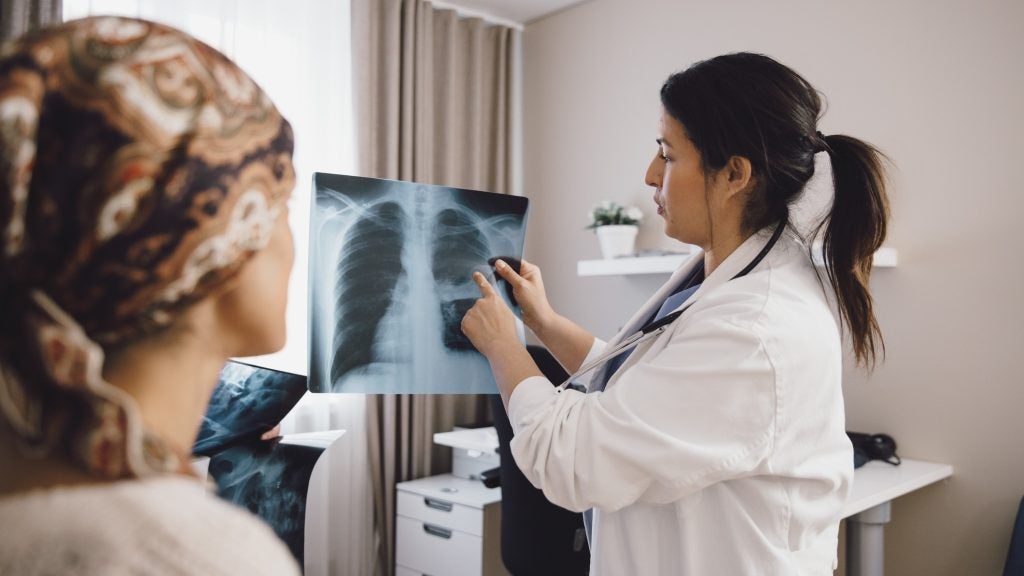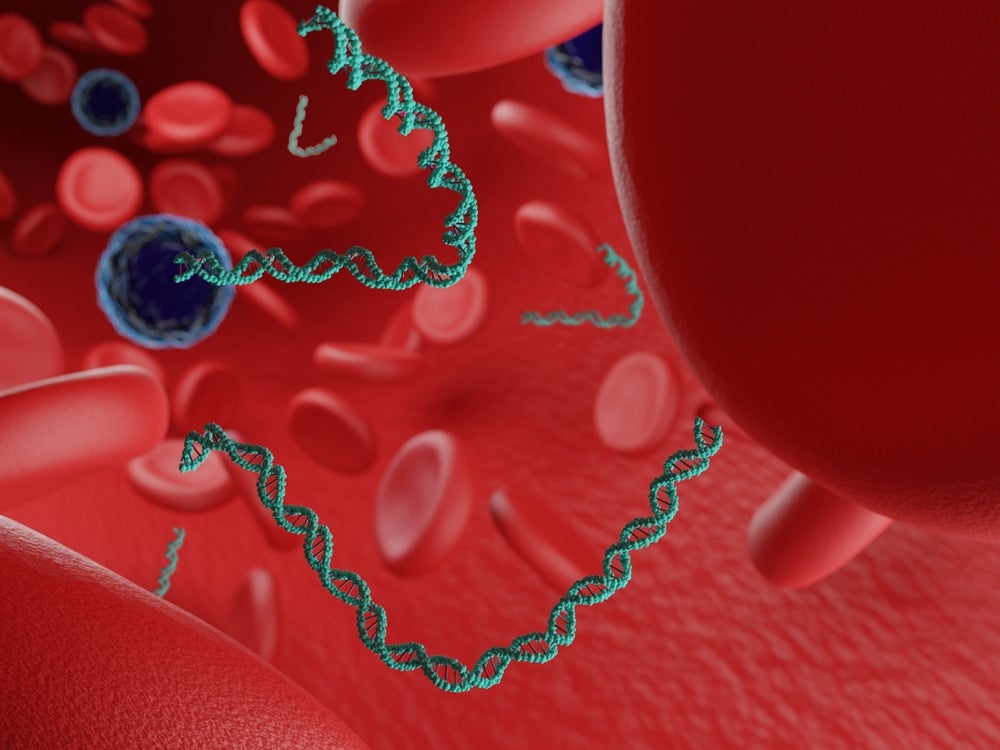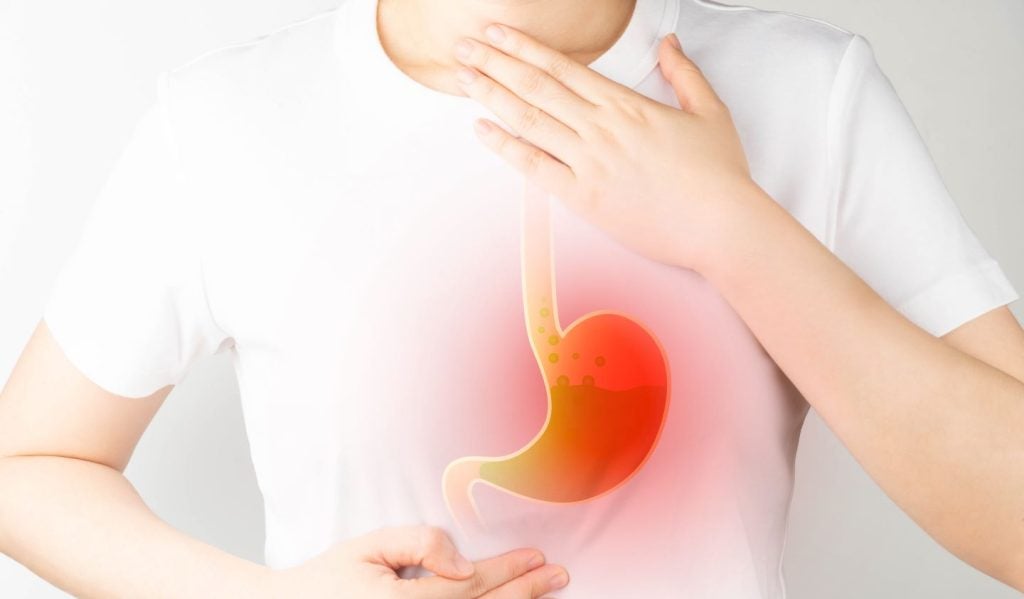Pulmonx, a provider of minimally invasive treatments for COPD, has treated the first subject in the CONVERT II pivotal trial with the AeriSeal system.
This international study is evaluating the AeriSeal system's ability to limit collateral ventilation in severe COPD/emphysema patients, potentially increasing the number of patients who can benefit from Zephyr valves, a minimally invasive treatment option.
The AeriSeal System is engineered to occlude openings in the lung fissures that cause collateral ventilation, which can prevent effective treatment with Zephyr valves.
The trial follows staged investigational device exemption approval by the US Food and Drug Administration and aims to establish the safety and efficacy of the AeriSeal System in treating fissural defects.
Patients with confirmed collateral ventilation using Pulmonx's Chartis Pulmonary Assessment System are eligible for the AeriSeal System treatment.
If the treatment converts the patient's lungs to a state suitable for valve implantation, they will receive Zephyr valves as per the current standard of care.
The trial's success metrics include lung volume reduction and improvements in lung function, quality of life and exercise capacity, assessed six months post-treatment.
Pulmonx president and CEO Glen French said: “We hope the CONVERT II Trial will move us closer to the goal of helping patients with collateral ventilation to also receive benefit from our Zephyr valves.”
The CONVERT II Pivotal Trial will enrol nearly 200 patients across up to 30 sites in the US, Australia and Europe.
The six-month post-treatment results will support a pre-market approval application, building on the positive outcomes from the earlier CONVERT Trial.
University Hospital in Brescia, Italy, ASST Spedali Civili interventional pulmonology director Dr Michela Bezzi said: “We know Zephyr valves can provide durable improvements in lung function, breathing and quality of life, but for patients with incomplete fissures the treatment does not work effectively.
“Having a technology to seal openings in fissures means we can improve the lives of many more patients using minimally invasive procedures.”


